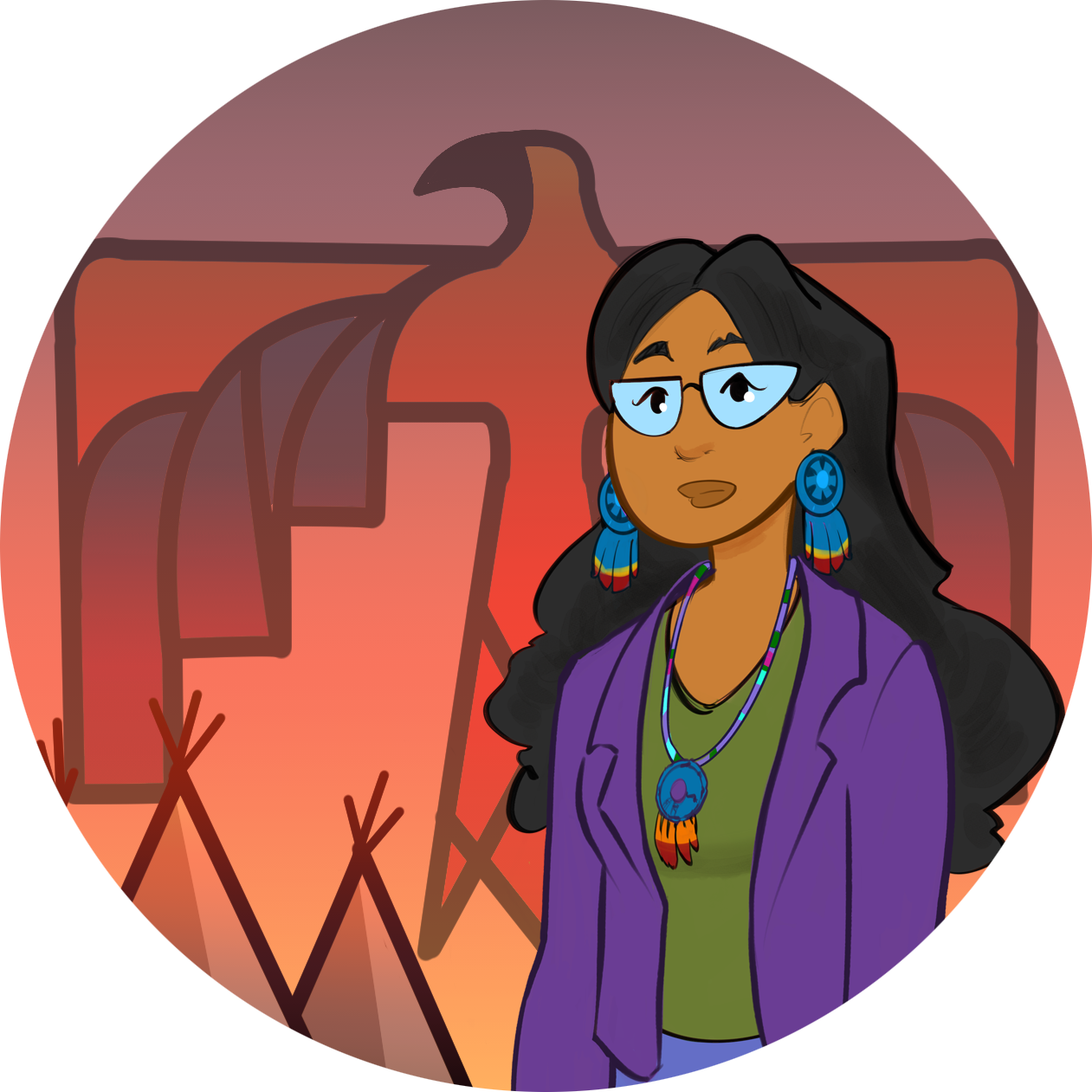Summary
In this lesson, students will research, analyze, and evaluate the history of the Indian Reorganization Act, individual tribal governments, and their impact on Native Americans. Students will watch a short video describing the purpose of tribal governments. Then, they will choose one of the 39 Oklahoma tribes, research its constitution, and create a presentation of their findings. After comparing and contrasting various tribal constitutions with the United States Constitution, students will examine the Major Crimes Act and two court cases (McGirt v. Oklahoma and Oklahoma v. Castro-Huerta) to investigate multiple viewpoints and analyze the complex relationships between the federal, state, and tribal governments.
Essential Question(s)
What is sovereignty? What was the impact of the Indian Reorganization Act? How do the tribal governments reflect the culture and values of the tribal people?
Snapshot
Engage
Students activate prior knowledge and questions they have about the tribal governments.
Explore
Students research a tribe’s constitution and create a visual representation of their government.
Explain
Students compare and contrast tribal governments to U.S. governments.
Extend
Students analyze the situation concerning tribal sovereignty, as well as state and federal interest concerning the McGirt ruling.
Evaluate
Students use the I Think/We Think strategy to synthesize how tribal governments assert their authority.
Materials
Lesson Slides (attached)
Tribal Government Research Note Catcher handout (attached; one per student)
History of the Indian Reorganization Act handout (attached; one per student)
Tribal Government Relations Jigsaw handout (attached; one per student)
Poster paper (optional)
Student devices with internet access
Engage
10 Minute(s)
Guide the lesson using the attached Lesson Slides. Introduce the lesson on slide 2, then move to slide 3 to show the essential questions and slide 4 to show the lesson objective.
Move to slide 5 and play the "What Do Tribal Governments Do?" video that is embedded in the slide.
During or after the video, give students time to articulate their knowledge using the I Notice, I Wonder strategy explained on slide 6. Discuss what students noticed first and how it relates to their prior knowledge, then discuss their questions. These questions should be referenced through the lesson/unit.
Explore
90 Minute(s)
Display slide 7 and pass out the attached Tribal Government Research Note Catcher handout. In groups, have students choose a tribe and research its constitution (executive, legislative, judicial branches) and economic development.
To begin, ask students to navigate to the Wakelet, "Oklahoma Tribes and Their Constitutions". Groups should discuss the map and locations of the tribes and the organization of the tribal constitutions’ links.
Allow groups around 10 minutes to peruse and choose a tribe.
Once all groups have chosen a tribe, display slide 8. Students will now be given 30 minutes to research the tribe and write down pertinent information in the Tribal Government Research Note Catcher.
On slide 9, students will have options for how they want to present their findings: on a poster or using Google Slides as a presentation.
Allow groups 20 minutes to complete their presentations. When everyone is finished, have each group present its poster or slides to the class, giving each group 5 minutes.
Explain
40 Minute(s)
Move to slide 10 pass out the History of the Indian Reorganization Act handout. Provide students 20 minutes to read the handout and 10 minutes to use the CUS and Discuss strategy with it.
While reading, students will circle any important vocabulary, underline any information that supported tribal sovereignty, and star any information that is/was troubling for tribal sovereignty. When everyone is finished, discuss markings as a class.
Display slide 11. Lead an informal discussion of the similarities and differences between tribal governments and the United States government using the Windows and Mirrors strategy. The window allows one to see into experiences and identities different than their own, while the mirror reflects aspects of one’s own identity. Give students at least 5–10 minutes for discussion.
Extend
30 Minute(s)
Move to slide 12 and pass out the attached Tribal Government Relations Jigsaw handout. Place students in groups of four and explain the Jigsaw strategy.
Each person will have a task on the handout to watch a video about information related to the McGirt v. Oklahoma court case. They will need to watch the video and summarize the information in the appropriate box.
When every group member has completed their task, then the entire group will complete the final task together, reviewing all the information and explaining how tribal sovereignty fits in with the federal and state governments. When everyone has finished, lead a discussion about the case with the whole class.
Evaluate
10 Minute(s)
On slide 13, evaluate students’ understanding of the lesson using the I Think/We Think strategy. Pass out a copy of the I Think/We Think handout to each student and pose the question, "How do tribes assert their authority?" This strategy can be used as informational assessment and/or reflection over the lesson as a whole.
Have students individually answer this question on the I Think column of their paper. Then, organize students into larger groups to fill out the We Think column of the handout. When everyone is finished, discuss the question as a whole class.
Follow-Up Activities
For more lessons that include indigenous topics, issues, or lessons, visit the K20 Resources: Native American Lessons document.
Resources
Native Governance Center. (2020, November 6). What Do Tribal Governments Do? [Video]. YouTube. https://www.youtube.com/watch?v=b37DnbUwK1I
K20 Center. (n.d.). I Notice, I Wonder. Strategies. https://learn.k20center.ou.edu/strategy/180
K20 Center. (n.d.). CUS and Discuss. Strategies. https://learn.k20center.ou.edu/strategy/162
K20 Center. (n.d.). Windows and Mirrors. Strategies. https://learn.k20center.ou.edu/strategy/948
K20 Center. (n.d.). Jigsaw. Strategies. https://learn.k20center.ou.edu/strategy/179
K20 Center. (n.d.). I Think/We Think. Strategies. https://learn.k20center.ou.edu/strategy/141
K20 Center. (n.d.). Wakelet. Tech Tools. https://learn.k20center.ou.edu/tech-tool/2180
K20 Center. (2022, June 9). What is the Major Crimes Act? [Video]. YouTube. https://www.youtube.com/watch?v=KEoLs7op6Q4


